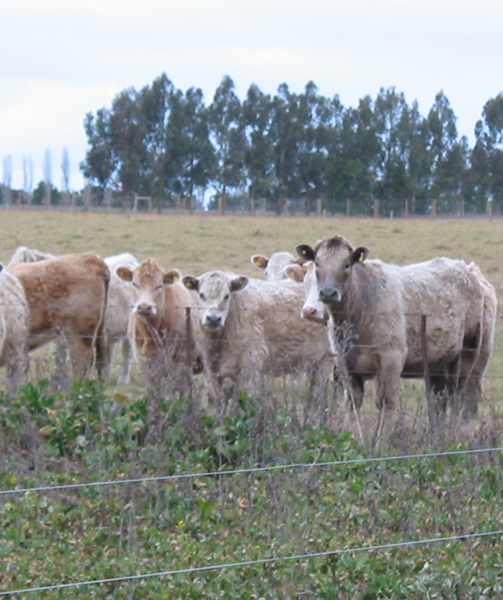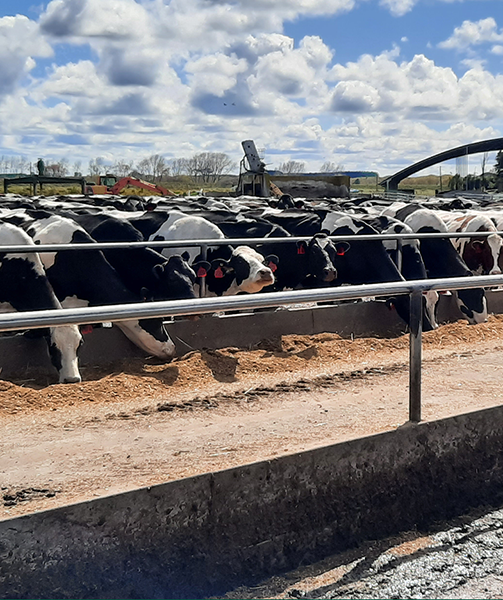Lactation: Feeding In The Big Dry
Words by Rob Derrick – Head of Farmlands Product Development
Keeping cows milking with an eye on body condition score to ensure days in milk are optimised, without risking next year’s production, will be paramount in the weeks and months ahead.
Over the autumn months we are likely to see increased rates of PKE fed to dairy cows to help fill the feed pinch, that dry conditions may create in some regions. The response to supplementary feed is greater when pasture covers and feed-out losses are lower.
The typical response to supplementary feeds of 70-80g MS/kg DM includes conserved forages with higher substitution rates (may have higher NDF percent than the pasture on offer) and feed-out losses (which can be up to 40 percent for feeding out in the paddock in wet conditions) than would be expected from hard feed (straights, blends and compound feeds fed in the dairy shed or trailers).
In Northland a Dairy NZ Farmlet trial (DairyNZ Technical Series Issue 44) reported the response to PKE over three years was 122g MS/kg DM of supplementary feed (ranging from 106 to 140g MS/kg DM). Substitution may have actually increased the pasture eaten by helping pasture recovery. A Taranaki Farmlet trial (Inside Dairy June 2021) also calculated 140g MS/ kg DM from PKE (in troughs) and 160g MS/kg DM from a blend in the 2018/19 season.
PKE has undoubtedly made a huge difference to the diet of cows in NZ and makes a good base for blends and compound feed for summer use, especially when a feed deficit is likely. Other straights such as Sunflower Pellets and Distillers Dark Grains (DDGs) offer additional protein, which may be required if feeding conserved forages like maize silage, or if pasture protein levels plummet due to water stress.
DDGs has a taste or smell cows love, which encourages intake in the dairy shed and helps mask the unpalatable taste of some minerals like magnesium and zinc oxide. Grains are more energy dense and provide fermentable energy, which supports milk protein production or weight gain. Soya hulls and citrus pulp pellets offer a different form of fermentable energy, being richer in pectins than grains, which is considered to be a safer form of fermentable energy than starch.





